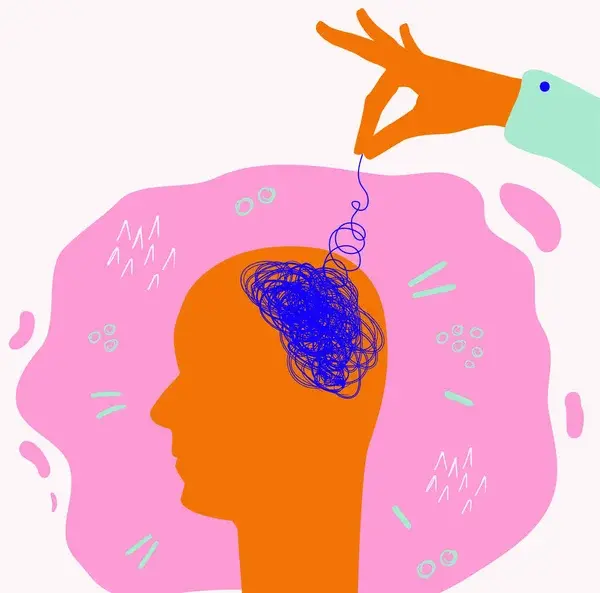Role of Subsidized Government Centers in Enhancing Public Health: A Study of the Pradhan Mantri Bhartiya Janaushadhi Pariyojana (PMBJP)
- Aditi Agarwal and Prateek
- Sep 12, 2024
- 4 min read
Understanding the Pradhan Mantri Bhartiya Janaushadhi Pariyojana (PMBJP)
Pradhan Mantri Bhartiya Janaushadhi Pariyojana (PMBJP) is a scheme in collaboration with Pharmaceuticals and Medical Devices Bureau of India, to allow generic medicines to be available to the general populace at a lower cost than market price. Here the key mission is affordability. It specifically caters to the segment of the Indian population that can afford nominal cost of medicines but not the branded ones. The quality, safety and efficacy of the drugs are ensured to be the same as their branded counterparts yet are available as lower cost alternatives.
Over 12000+ of Jan Aushadhi Kendras have been opened across the country and medicines for the Kendras are procured through an open tender system from private manufacturers and CPSUs. Many subsidies have also been put in place to incentivise the opening of such stores.
Impact on Drug Affordability and Accessibility
The scheme's success is evident in the substantial savings it has generated for citizens. PMBJP has made medications available at significantly discounted rates, ranging from 50% to 90% cheaper than branded and generic alternatives. The PMBI reported sales of over Rs. 1000 crore between February 15, 2022, and February 15, 2023, resulting in substantial financial relief and improved accessibility to medicines to citizens.
Table 1: Estimated Savings Due to Jan Aushadhi Kendras
Financial Year | Sales (₹ Crore) | Savings (₹ Crore) |
2019-20 | 433.63 | 2500 |
2020-21 | 665.83 | 4000 |
2021-22 | 893.57 | 5400 |
2022-23 (till 31.12.2022) | 853.55 | 5000 |
Table 2: Growth In Number Of Jan Aushadhi Stores
Year | Number Of Jan Aushadhi Stores | Growth % |
2015-16 | 269 | - |
2016-17 | 1080 | 301% |
2017-18 | 3561 | 230% |
2018-19 | 4677 | 31% |
A prime example of this is that Atorvastatin costs Rs 147 in the market and the PMBJP price is Rs 12.10 which accounts for 92% savings, Amoxicillin's average market price is Rs 122 and at PMBJP it costs Rs 50 which accounts for 54% savings.
Challenges and Barriers to Effective Implementation
The general awareness of the scheme has increased significantly through various offline mediums like print media, radio, TV, cinema advertisements, and outdoor publicity (hoardings, bus shelter branding, bus branding, auto wrapping) as well as online through social media posts on Twitter and Facebook.
The major issues at present include:
The number of Kendras (12000+) relative to the Indian population are still too low
Lesser number and variety of medications available
Low awareness among the target populace
No other health services are provided at the Kendra
Many PMBJKs are not connected to government hospitals
Doctors do not prescribe generic medicines they just provide the names of branded medicines on prescriptions and the patients are usually not learned enough to understand that they can find a generic version of the same medicine at a lower cost through the Kendra. Resident physicians are well aware of generic drugs and their regulations, however, concerns over the safety and effectiveness are main reasons for choosing brand medicines.
Improvement in Public Health Outcomes
One of the most profound impacts of PMBJP is its role in reducing the disease burden. The affordability of medicines encourages timely treatment, preventing disease progression and reducing the overall burden. PMBJP supports preventive healthcare by providing access to essential medicines for vaccinations and prophylactic treatments.
PMBJP has improved several key health indicators, including life expectancy and infant and maternal mortality rates. Better management of chronic and infectious diseases has increased life expectancy, while access to affordable medicines has improved maternal and child health, contributing to a decline in infant and maternal mortality rates.
Policy Implications and Future Directions
In a country like India, there is a need for government intervention to make medicines affordable. It is more in the case of poor and vulnerable sections of our society. The private pharmaceutical industry cannot be expected to help the government with objectives of social good and the welfare of the masses. There is a need for more capital infusion in state-owned pharma companies and if need be new companies should be started by the government. The government's efforts in this direction need to be lauded but there is room for more investment in both manufacturing and increasing awareness of generic medicines. The rapid growth in sales and number of new stores being opened speaks for itself of the good intentions of the government. But the sales per outlet are dismally low.
Table 3: Revenue Per Jan Aushadhi Store
Year | Number Of Jan Aushadhi Stores | Turnover | Revenue Per Store (In Lacs) |
2015-16 | 269 | 30 | 11.15 |
2016-17 | 1080 | 100 | 9.25 |
2017-18 | 3561 | 130 | 3.65 |
2018-19 | 4677 | 208 | 4.45 |
The earnings from these stores are not attractive enough for long-term growth and sustainability. There is a widespread shortage of medicines and delayed supplies from the government at generic stores, necessitating more production of generic medicines. Some stores have started selling branded medicines, undermining the scheme.
Patients, especially those needing anti-cancer and lifesaving drugs, cannot wait for medicines. A monitoring mechanism is needed to ensure physicians prescribe generic medicines, as mandated by the government. The Ayushman Bharat scheme, which aims for universal health insurance, must work in tandem with the Jan Aushadi programme since out-of-pocket expenses are not reimbursed in India. The government must ensure proper execution at the ground level to make the Jan Aushadi programme successful. Without effective implementation, the plan will not yield results, which is currently the case with the Jan Aushadi programme.
References




Comments